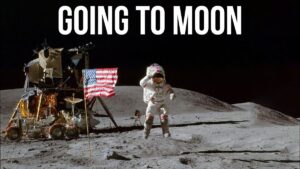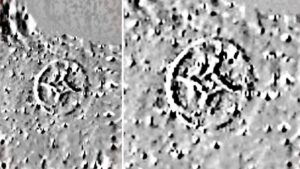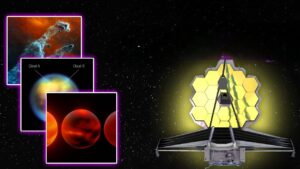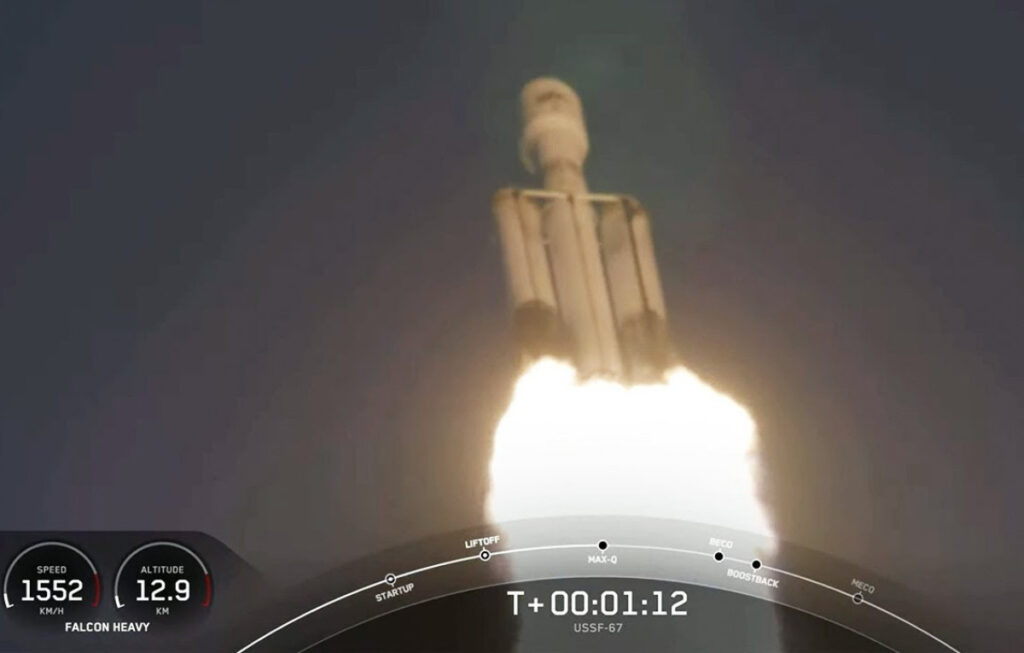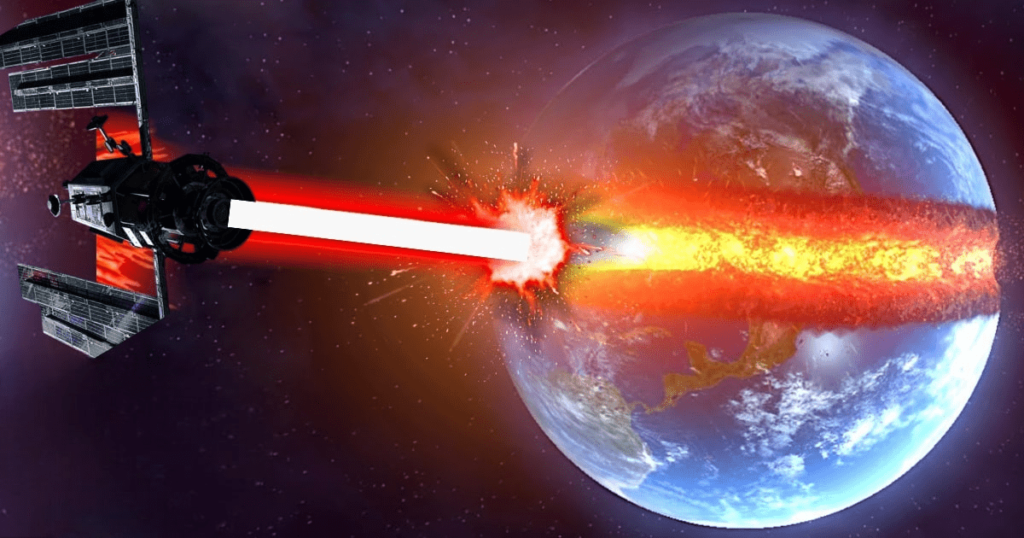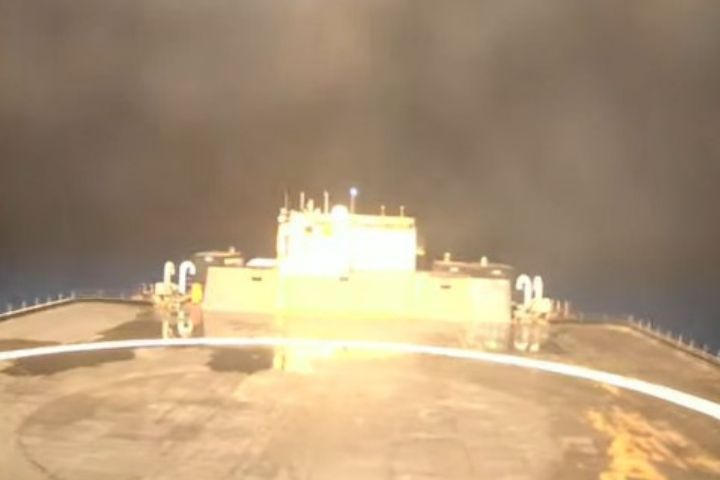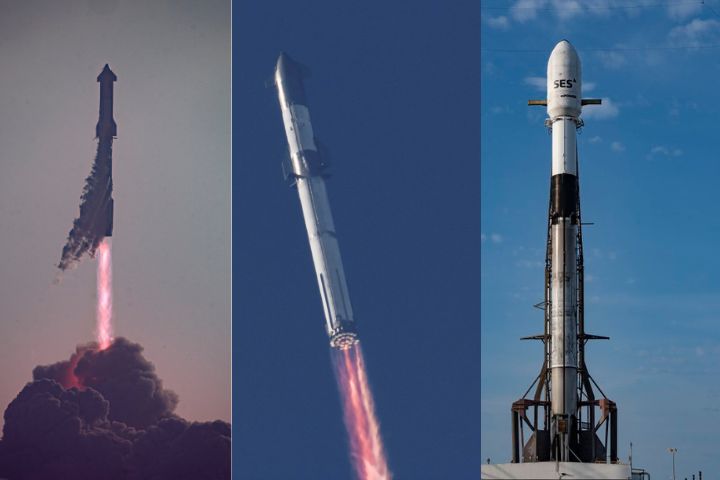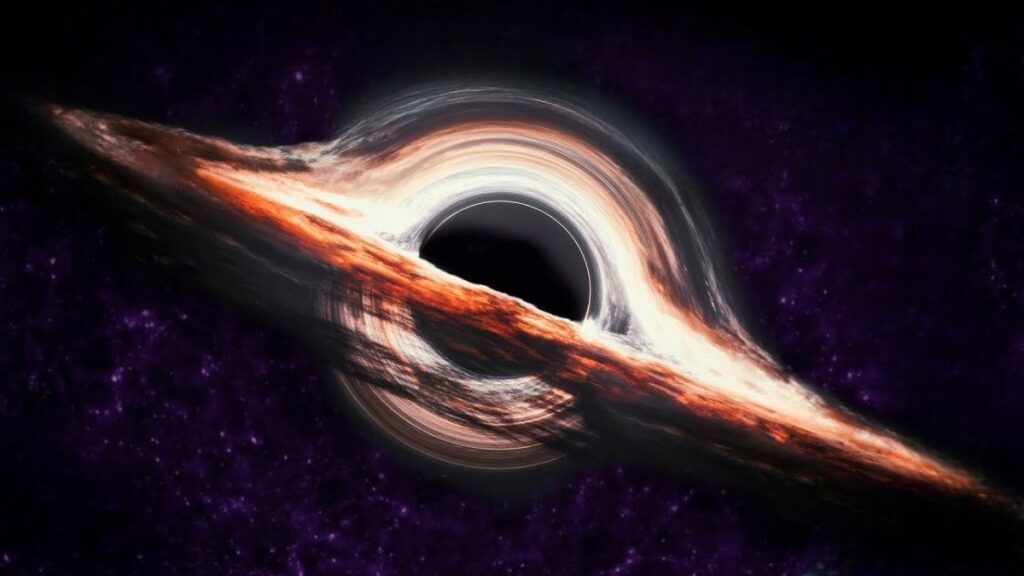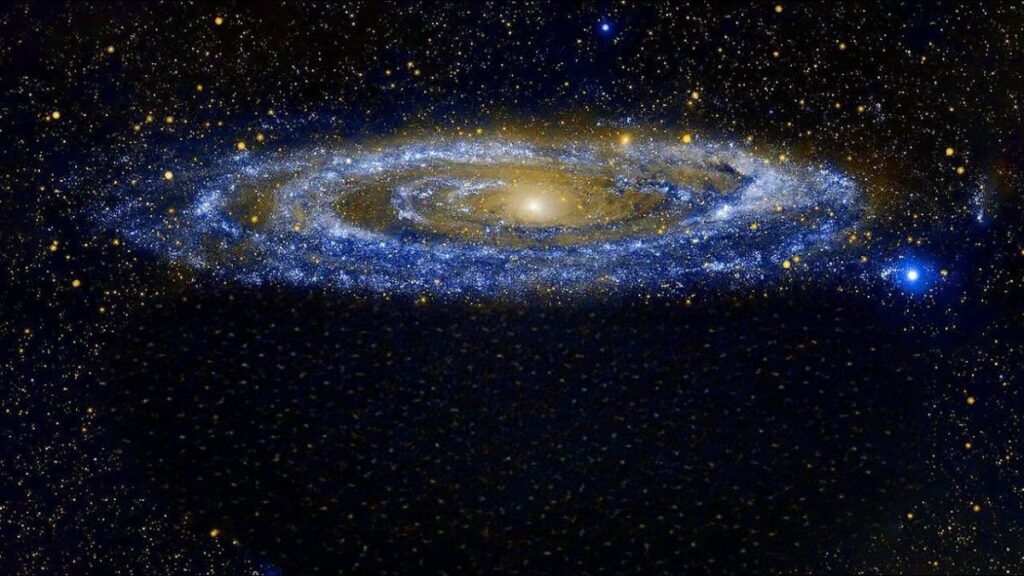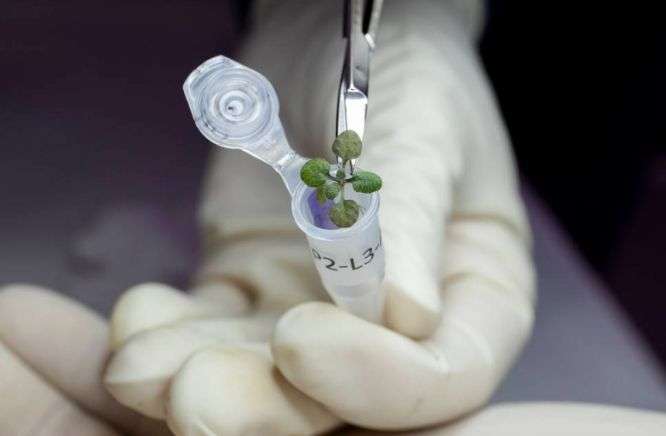
In the coming months, NASA will send Artemis astronauts to the lunar soil to do different experiments, including growing plants.
Scientists for the first time have grown plants in soil from the moon collected by NASA’s Apollo astronauts.
Here on Earth, recently scientists grew the 1st plant by using samples of lunar soil.
What is Lunar Soil called?
The lunar soil is generally called regolith, a mixture of powdery dust and broken rock.
According to Wikipedia “regolith is a blanket of unconsolidated, loose, heterogeneous superficial deposits covering solid rock”.
The regolith samples came from Apollo 11, 12, and 17 missions.
For the first time ever, scientists have grown plants in lunar soil.
— NASA (@NASA) May 12, 2022
This @UF and @NASASpaceSci experiment using Apollo Moon samples could shape the future of sustainable astronaut missions to deep space. Dig into the story: https://t.co/ZtUvowKi8e pic.twitter.com/PWGzev7lmN
Plantation Experiment
For this experiment on Earth, scientists used seeds of the Thale cress plant (Arabidopsis thaliana), related to mustard greens because it is a model organism for determining specific defense mechanisms of plant-pathogen resistance.
Last year, University of Florida researchers planted Thale cress in lunar soil returned by Apollo 11 moonwalkers.
All the seeds germinated and grew but the plants ended up stunted, so scientists plan to plant more Thale cross possibly moving on to other vegetation.
Process of Plant Growth
“The process of growing the plants is complicated because you’re working with a gram of material per plant”, said Dr. Anna-Lisa Paul, director of the University of Florida’s Interdisciplinary Center for Biotechnology Research.
She and her colleague Rob Ferl designed small growth plates and adapted these plastic trays like a micro-ice cube tray.
Then, they drilled holes in the bottom of these little wells about 12 millimeters across and 17 millimeters deep.
They plugged the holes with small bits of spun wool kind of stuff made out of rock wool and then put a small filter on top.
Then, the 900 milligrams almost a gram of the lunar regolith go on top of that.
They had 4 plates that were replicated the same where they had four wells of the control volume the JSC 1 terrestrial materials and then one each of the lunar regolith in each tray.
So, they had 4 controls, and then apollo 11, 12, and 17 were represented on each plate.
Again, they also had 4 of those plates once they got loaded up with their attendant materials.
They carefully soaked them with a very dilute nutrient solution to wet all the materials planted Arabidopsis seeds on the surface.
Finally, they took out to the security growth chamber and let down do their magic.
Click to know: How James Webb Space Telescope will Look into the early Universe
Scientist’s Expectation
She and Rob expected the plants would probably grow but they probably wouldn’t grow well.
There was a lack of confidence that they would get enough biological material to do the types of molecular analyses that they wanted to do.
Actually, they wanted to look at the patterns of gene expression.
So, 2 days after they brought their plates down into the growth chamber and turned on the lights, and carefully walked away.
They went back in and took a look at all those plates and they were astonished to find germination of every single seed.
There was a glorious spread of germinating seedlings.
They planted them in every single place whether it is in the lunar regolith itself or the JSC 1 controls everything germinated.
It was a shocking thing to their heart to watch the germinated seed.
She and Rob Furl just stood there and just watched for a while.
The grown plants didn’t stay in that same kind of state for a very long time.
After about a week, they photographed them every single day.
They noticed that the grown plants started to dimmish a little bit the ones that were growing on the regular.
They did expect that because that first week they’re mostly surviving off of their stored materials and their seats.
So, once they’re sort of on their own then they have to rely on what they can draw from their environment and that’s where the changes started to occur.
Click to know: How will Human Hibernation make Space Travel Possible?
What’s Next
She and Rob have sent a lot of plants to the space station already which means they have done a lot of that work.
They had 11 different microgravity experiments, so they know pretty well how plants behave in a microgravity environment.
It’s pretty different from how they respond to lunar regolith even though hitting that in both environments are novel environments.
Both things require plants to adjust to things outside their evolutionary experience.
Can they use other environments to challenge lunar regolith, plant growth, and status?
When you’re growing plants in a habitat on the moon or mars, the atmosphere is expensive.
It’s expensive both in the weight that it takes to carry it there and also to maintain that habitat.
If you can reduce the atmospheric pressure inside your habitat, you save resources.
Plants do very well in low atmospheric pressures they survive better in low atmospheric pressures than humans do.
They have also done a lot of studies on that kind of concept.
So an experiment that would be lovely to do is to run something similar as they did but run it inside a chamber that mimicked what a real greenhouse on the moon might look like.
FAQ
What lunar soil means?
According to Wikipedia “Lunar soil is the fine fraction of the regolith found on the surface of the Moon whose properties can differ significantly from those of terrestrial soil”.
Is there water on the moon?
Scientists found water ice of over 600 billion kilograms on the permanently shadowed craters at the Moon’s poles.
It is believed that water was likely transported to the lunar surface through comets.
What is Lunar soil made of?
Lunar soil is composed of:
- Mineral fragments
- Crystalline rock fragments
- Breccia fragments
- Impact glasses
- Agglutinates
Can plants grow in lunar soil?
Yes, for the first time, scientists have successfully grown the Thale cress plant (Arabidopsis thaliana) using the lunar soil called regolith.
What is moon dust made of?
The moon dust is made of the following things:
- 50% SiO2 (Silica)
- 15% Al2O3 (Aluminium Oxide)
- 10% CaO (Quick Lime)
- 10% MgO (Magnesia)
- 5% TiO2 (Titania)
- 5-15% Fe (Iron)
Is lunar soil fertile?
Yes, the lunar soil is fertile enough because the successful growth of plants from lunar soil gives us this proof.
What seeds and plants would be best to grow on the moon?
Cotton seeds would be best to grow on the moon because on China’s Chang’e-4 lander, it is the first plant ever germinated on the moon.
Several plants were grown on the moon, they are:
- Potatoes
- Tomatoes
- Thale Cress Plant (Arabidopsis thaliana)
Thale Cress Plant (Arabidopsis thaliana) would be best to grow on the moon because it is a model organism for knowing specific defense mechanisms of plant-pathogen resistance.
What color is moon dust?
We can find the moon dust in silvery light blue color.
This color looks so cool because we can even find them in Toyota crossovers, an abbreviation for Crossover Utility Vehicle (CUV).
What color is lunar soil?
Well, the lunar soil is found in gray color because it is powdery grey dirt made of micrometeorite impacts which pulverize local rocks into fine particles
What can lunar soil be used for?
Lunar soil can be used for the germination of plants, and also can help for further research to make staying long-term possible on the moon.
Is lunar dust toxic?
The lunar dust is not toxic but breathing it could eventually cause damage to cells’ DNA and thus leads to cancer.
Is moon dust in huge amounts harmful?
Yes, the moon dust is harmful in huge amounts because it ate away layers of spacesuit boots and destroyed the vacuum seals of Apollo sample containers.
This happened due to its abrasive nature like silica sand.
Is there lunar soil on earth?
Of course, there is lunar soil on earth first brought by Apollo astronauts.
What kind of samples were taken from the moon?
The astronauts brought 21.6 kilograms of material including 50 rocks, samples of lunar regolith, and 2 core tubes that included material from up to 13 centimeters below the Moon’s surface.
How do moon crops grow?
The Moon regolith seems to contain all the essential nutrients for plant growth, so moon crops grow by absorbing nutrients from the regolith and using sunlight for photosynthesis.
What are the properties of lunar soil?
There are main 4 properties to understand the behavior of lunar soil. They are:
- Particle size distribution
- Particle shape
- Bulk density
- Relative density
What are research soil samples?
Research soil samples are the process of taking a small sample of soil and sending them to the lab to determine the accurate nutrient status of the soil.
What happened to the samples of lunar soil collected by the Apollo program?
Most of the samples of lunar soil are stored in the Lunar Sample Laboratory at the Johnson Space Center located south of Houston.
Later, they are studied in science labs and experiments are done on them.
What is the texture of lunar soil?
According to the astronauts “lunar soil feels like or has the texture of soft like snow, yet strangely abrasive like sand”.
Has a Martian soil sample ever been brought back to and studied on Earth?
No samples have ever been brought back to and studied on Earth.
However, the Perseverance rover landed on the moon in 2020 collected multiple samples, and packed them into cylinders for later return.
Apollo 12 did not only retrieve lunar soil samples but also brought back to Earth a very different kind of material. What was it?
Apollo brought 34 kilograms of samples, including 45 rocks, samples of moon regolith, and some core tubes that included material 40 centimeters below the moon’s surface.
Apollo 12 landed near 1963’s Surveyor probe 3 that had landed some years earlier,
The reason for this was to analyze the effects of long exposure to the lunar environment on materials used in spacecraft such as:
- Radiation
- Thermal expansion
- Thermal contraction
- Micrometeorites impacts
The astronauts retrieved key components of it including a TV camera.
How would it be possible to obtain oxygen from lunar soil?
There are two possibilities to obtain oxygen from lunar soil. They are:
- From lunar regolith
- Electrolysis of water
1. From lunar regolith
All the lunar regolith including lunar soil and rocks carry 45% oxygen combined with metals or non-metals to form oxides.
It would be possible to obtain oxygen from lunar soil by breaking its chemical bond by these energies:
- Thermal energy
- Electrical energy
- Chemical energy
2. Electrolysis of water
As scientists confirmed that there is water on the moon’s cap in the form of ice.
So that we can extract those water from ice through melting.
Now, we can use electrolysis to separate hydrogen and oxygen from water molecules.
Further, we could use separated oxygen for breathing purposes and separated hydrogen for fuel purposes.
You can also check out the article written by NASA about the successful growth of plants in lunar soil by scientists.
Explore:
![Moon Jellyfish has [ Hidden Secrets ] You don't know moon jellyfish](https://spaceupper.com/wp-content/uploads/2022/11/1-1-300x169.jpg)
